정준모
Cultural Heritage Goes Digital In Rome
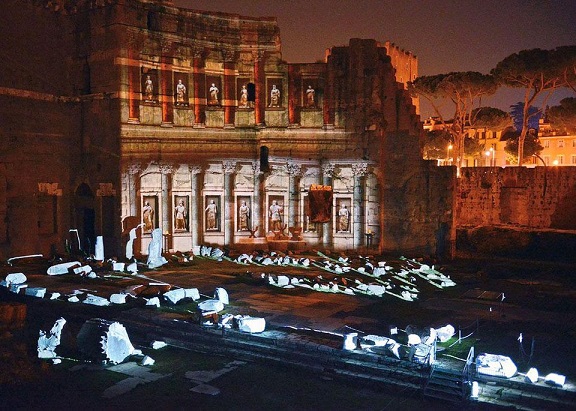
Discover the Forums of Caesar and Augustus in Viaggio nei Fori, two multimedia shows on view this year from April 21 to November 11, 2019.
VIAGGIO NEI FORI
Rome is a city filled with cultural heritage. Every building, statue and column has a story to tell but it takes a vast amount of knowledge to piece together the city’s nearly 2,800-year-old history. “Ci vuole una vita,” people commonly say – it takes a lifetime to see Rome – and even longer to understand it. With monuments and archeological relics scattered around every corner, where do you even begin?
Maybe by letting the stones speak for themselves.
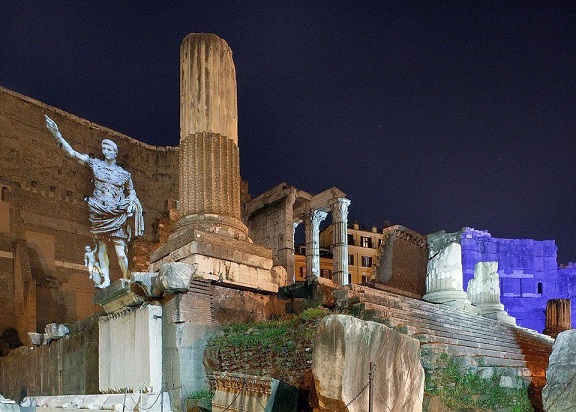
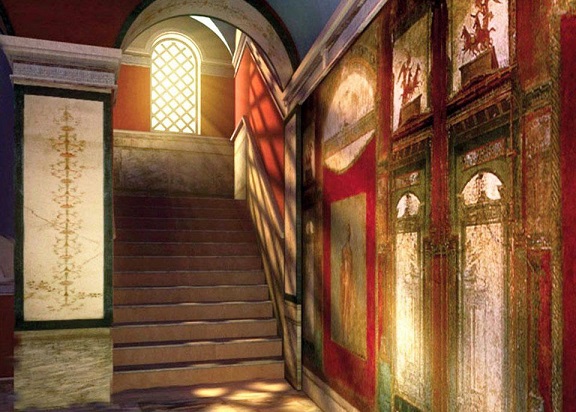
Together with Piero Angela, a leading Italian television host and science journalist, Mr. Lanciano designed an immersive multimedia visit of "Le Domus Romane" within Palazzo Valentini over a decade ago – the first time technology was used to enhance an archeological site in the capital. During the virtual tour, visitors can see baths, furnishings and decorations brought to life through digital projections that enhance the archeological site without compromising it.
“The experience was surprising because these two worlds – technology and archeology – had never overlapped before. In Italy, there has always been a separation between science and the humanities, but science is part of culture, too. The purpose of science is to understand, just like the purpose of archeology is to understand,” Mr. Lanciano explains. “There is no reason to separate these two fields and in fact, bringing them together can yield very positive results.”
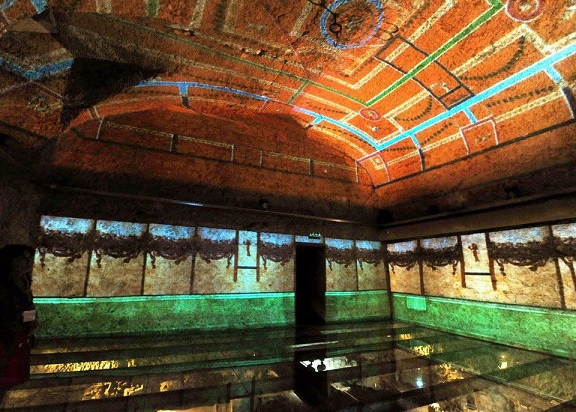
Palazzo Valentini provides a unique opportunity to experience the different layers of Rome first-hand, from ancient day to modern times.
PALAZZO VALENTINI
He took inspiration from Frank Oppenheimer’s Exploratorium in San Francisco, the first museum to promote hands-on exploration and immersive experiences in 1969, as proof that the worlds of art and science were deeply intertwined and could be leveraged to foster more understanding, inspire curiosity and stimulate new ideas.
After the success of Palazzo Valentini, Mr. Lanciano and Mr. Angela worked together again to create Viaggio nei Fori, two popular shows that cast the stories of Emperor Augustus and Julius Caesar onto the ancient forums each evening during the summer months. These screenings have become a mainstay of Rome’s summer entertainment and are on view this year from April 21 to November 11 2019.

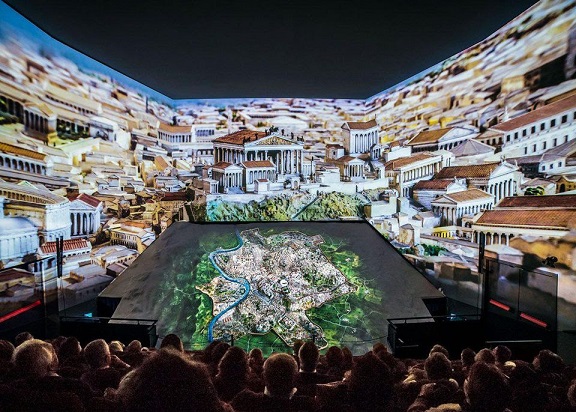

FAMILY SITE
copyright © 2012 KIM DALJIN ART RESEARCH AND CONSULTING. All Rights reserved
이 페이지는 서울아트가이드에서 제공됩니다. This page provided by Seoul Art Guide.
다음 브라우져 에서 최적화 되어있습니다. This page optimized for these browsers. over IE 8, Chrome, FireFox, Safari